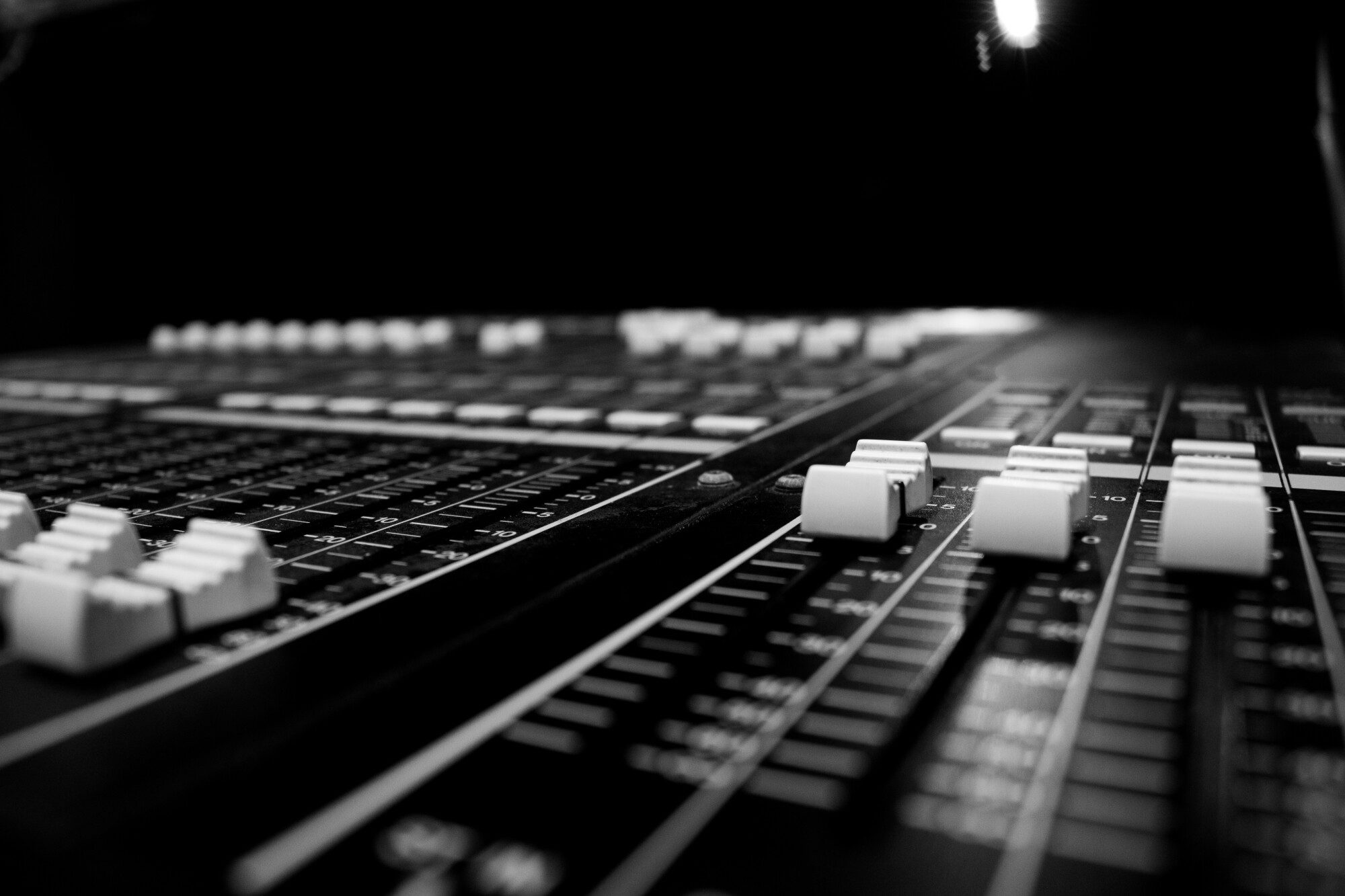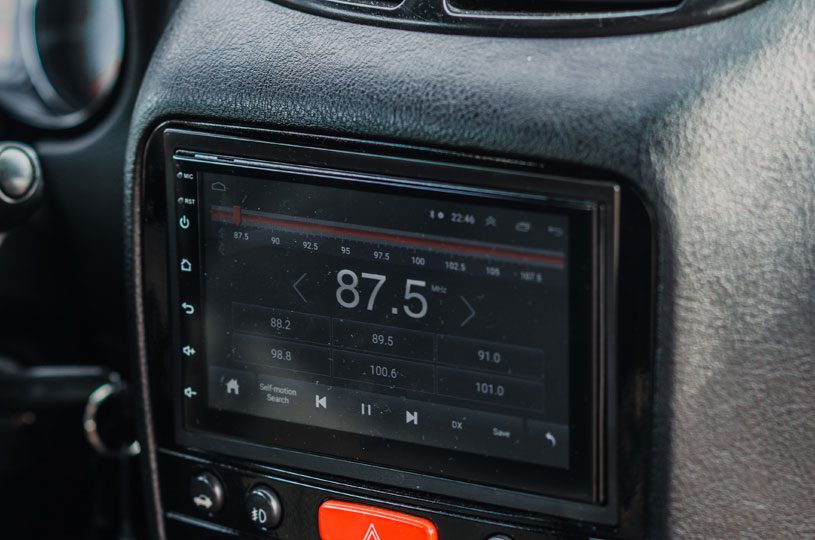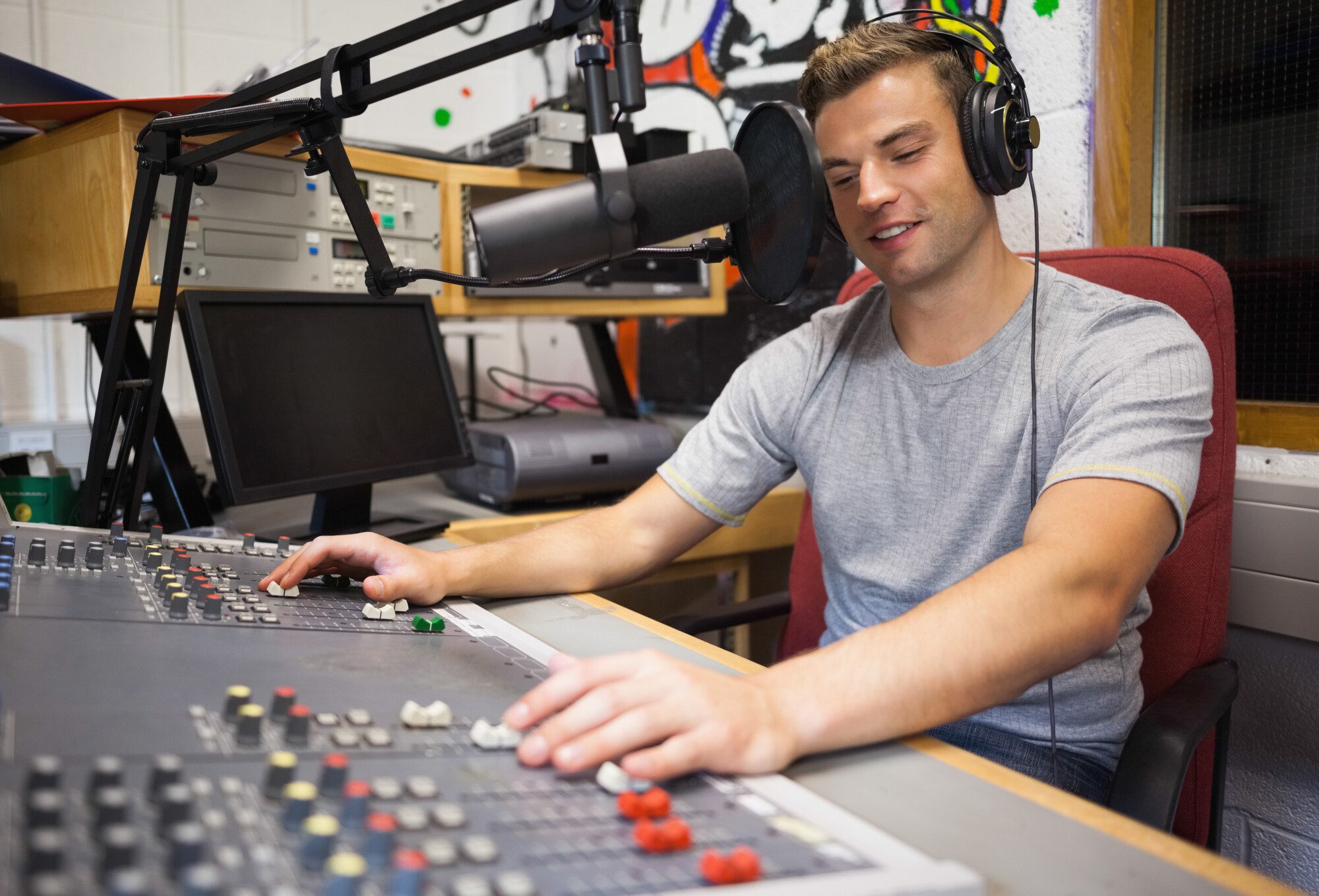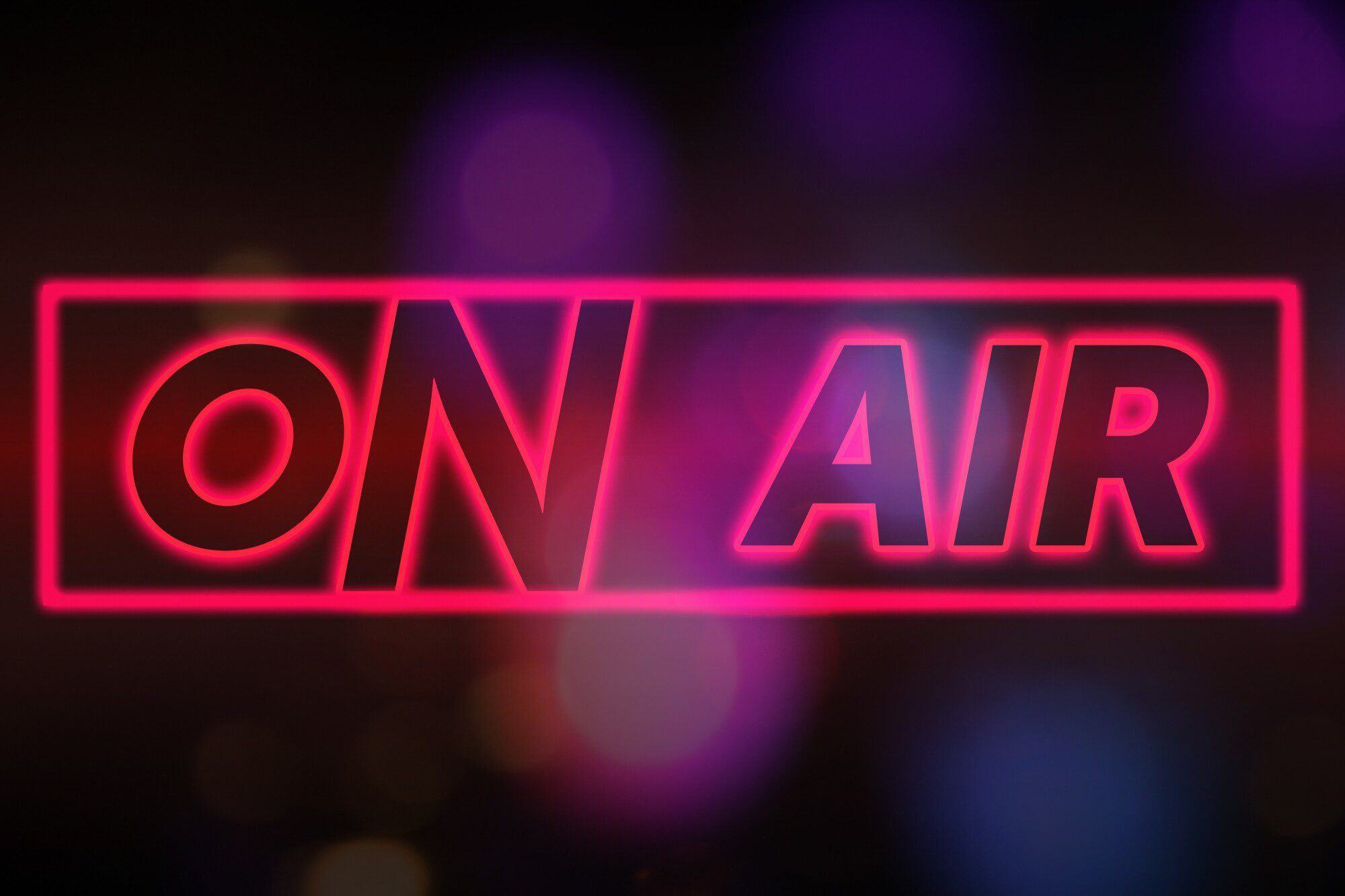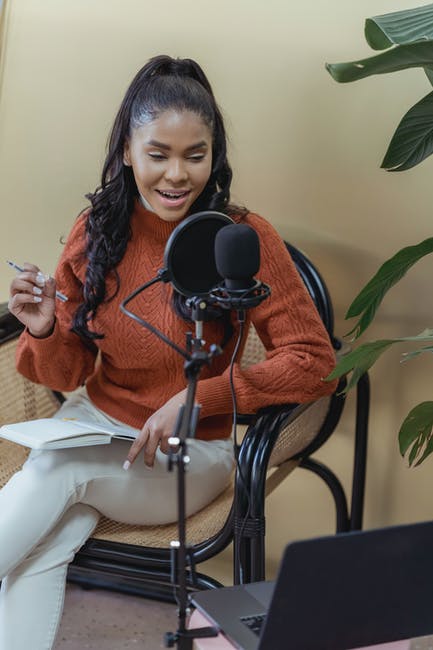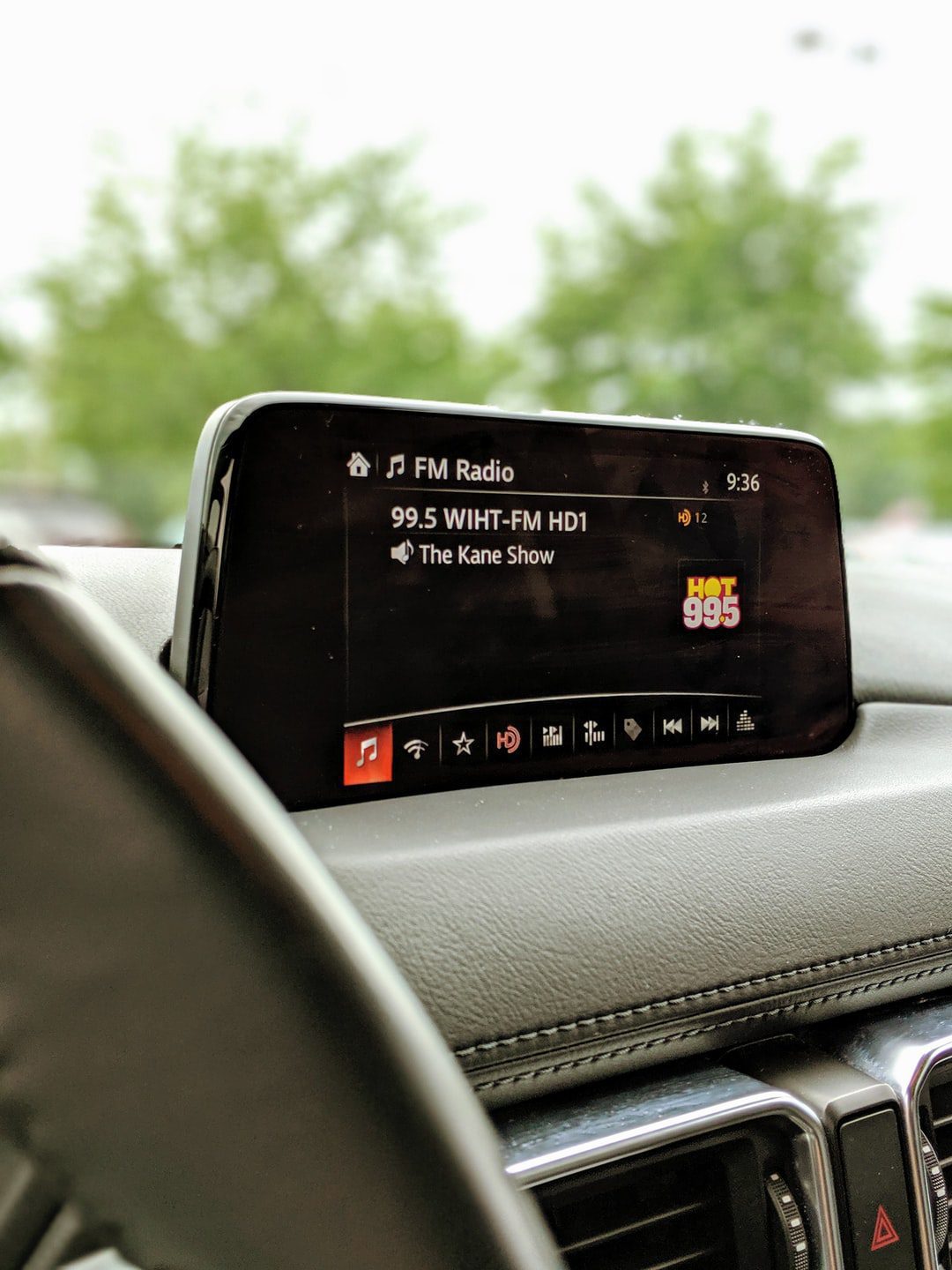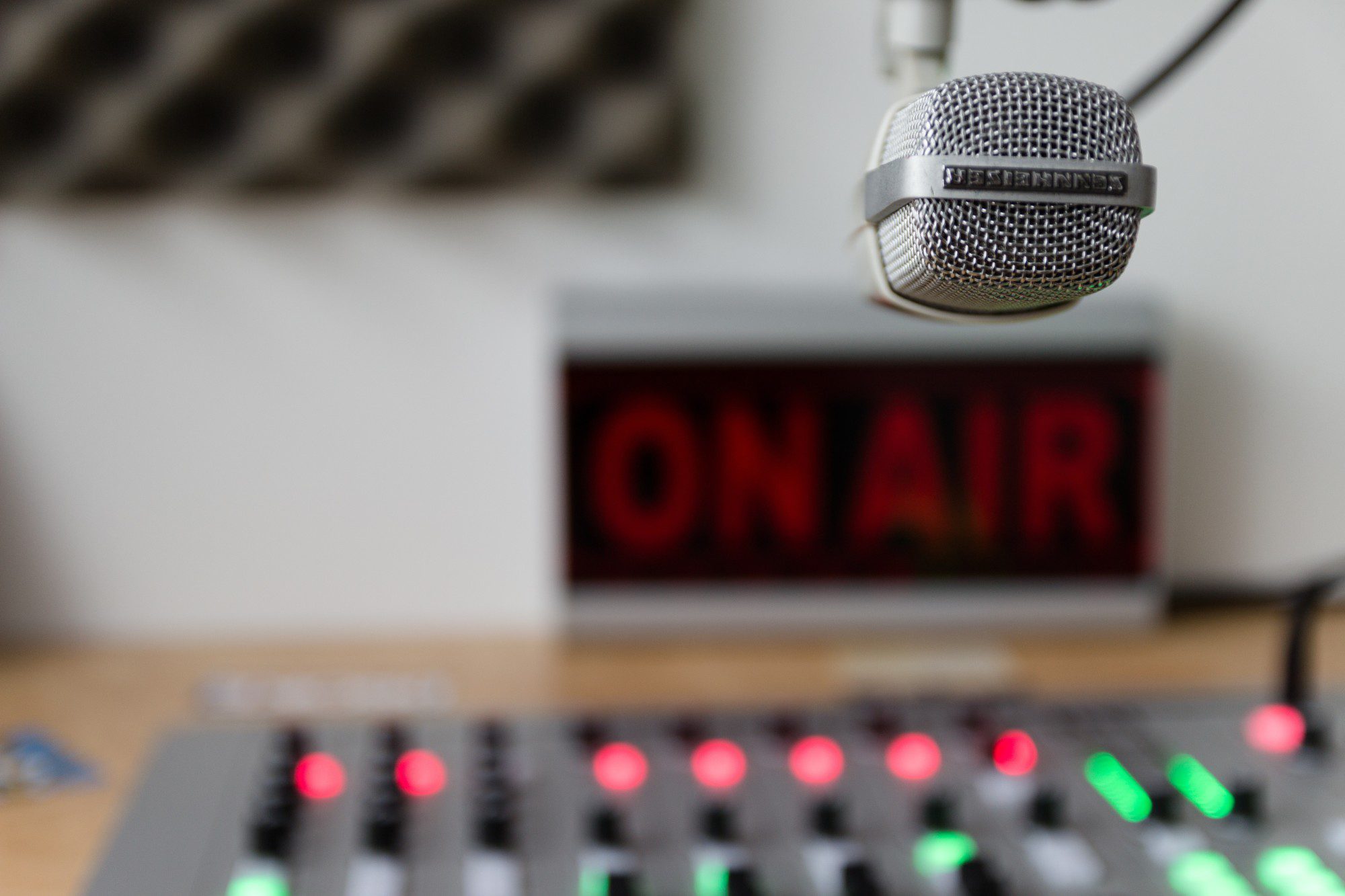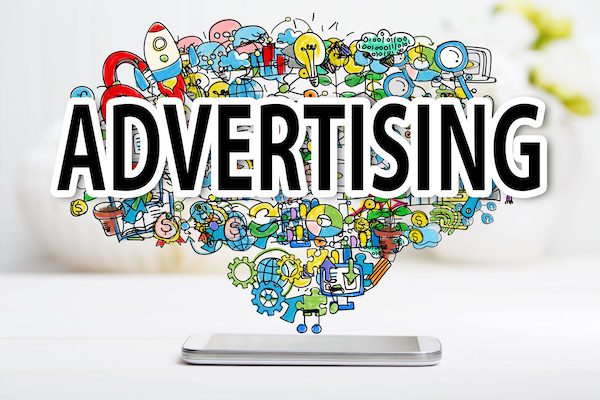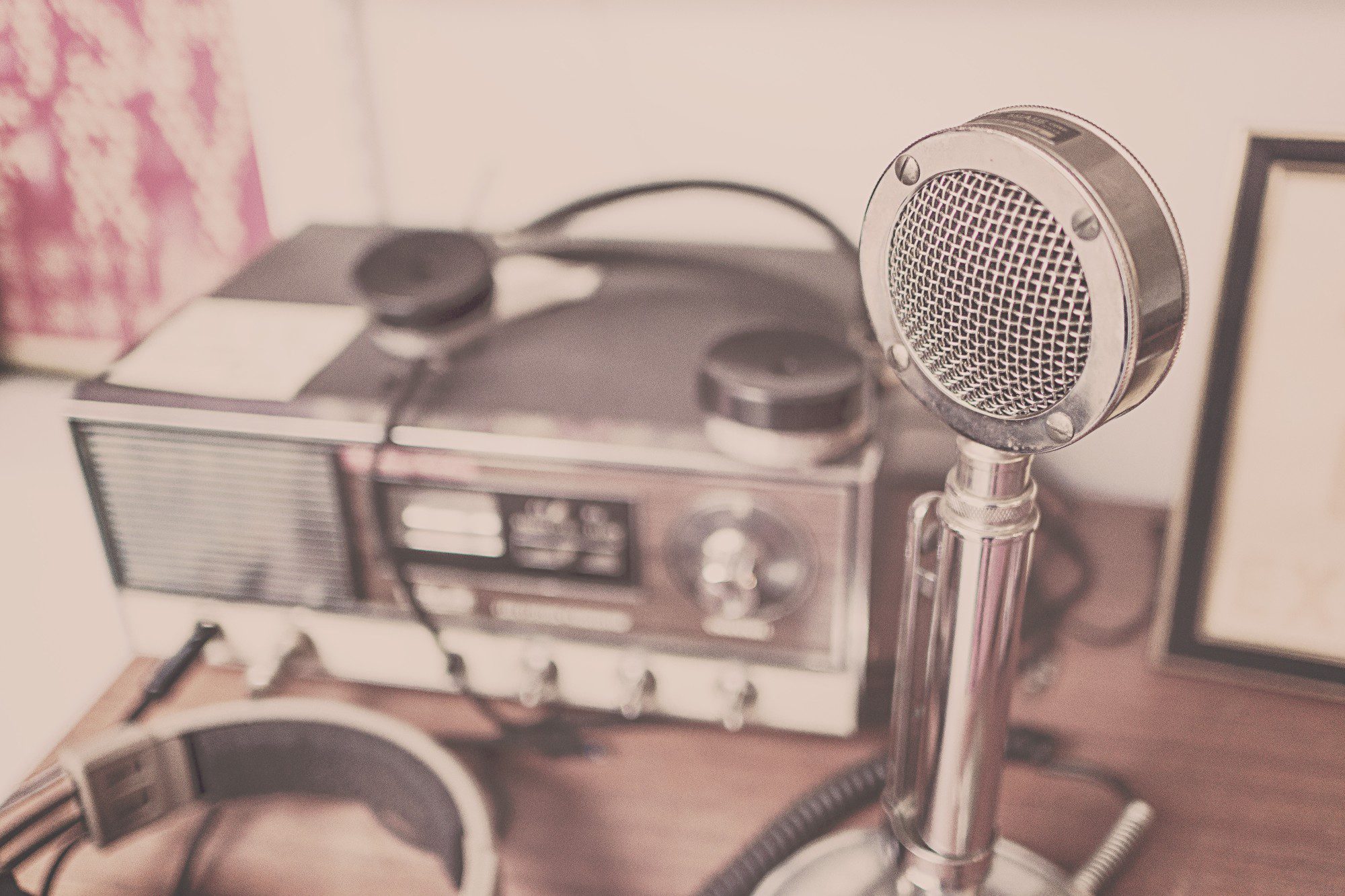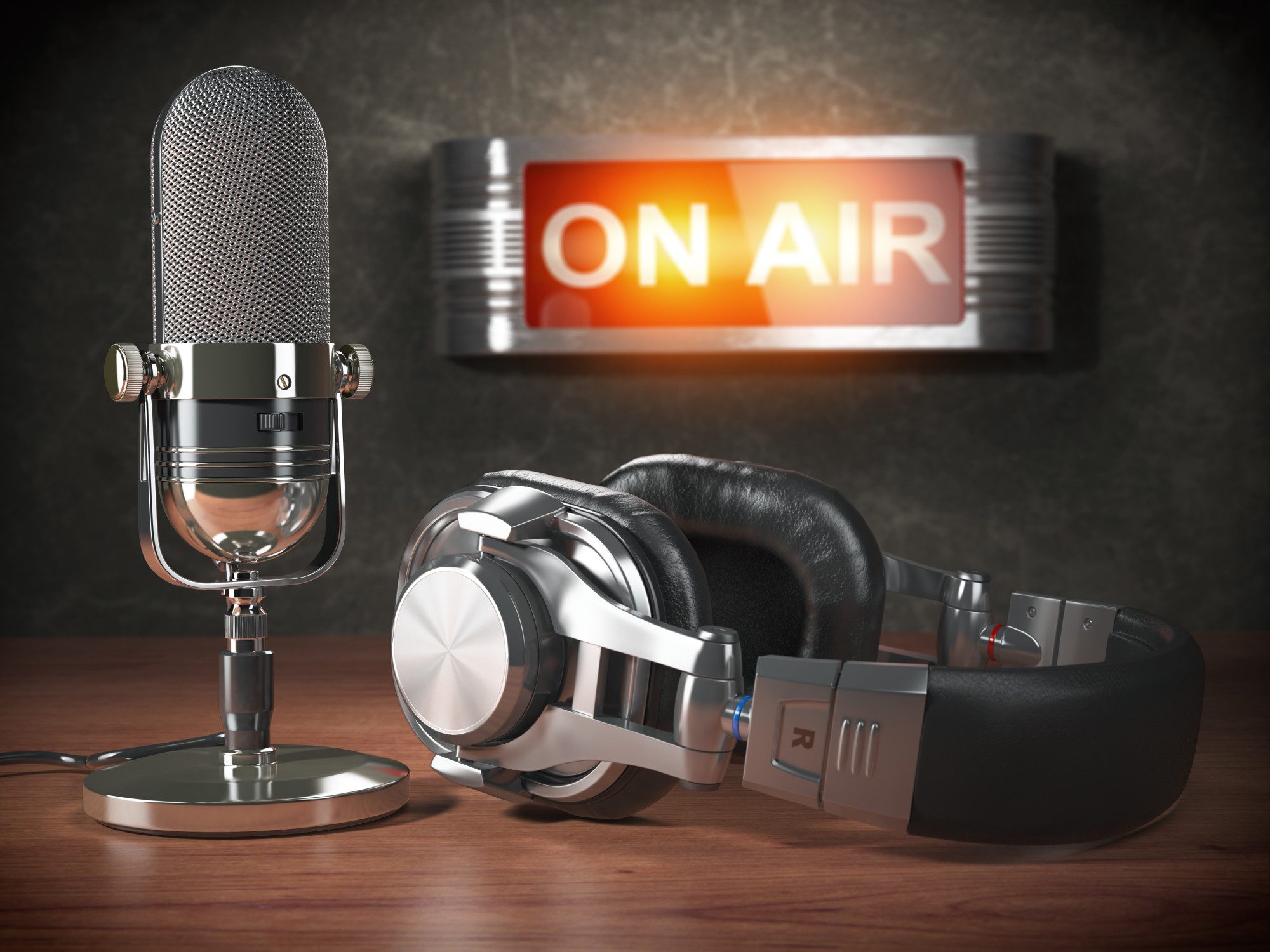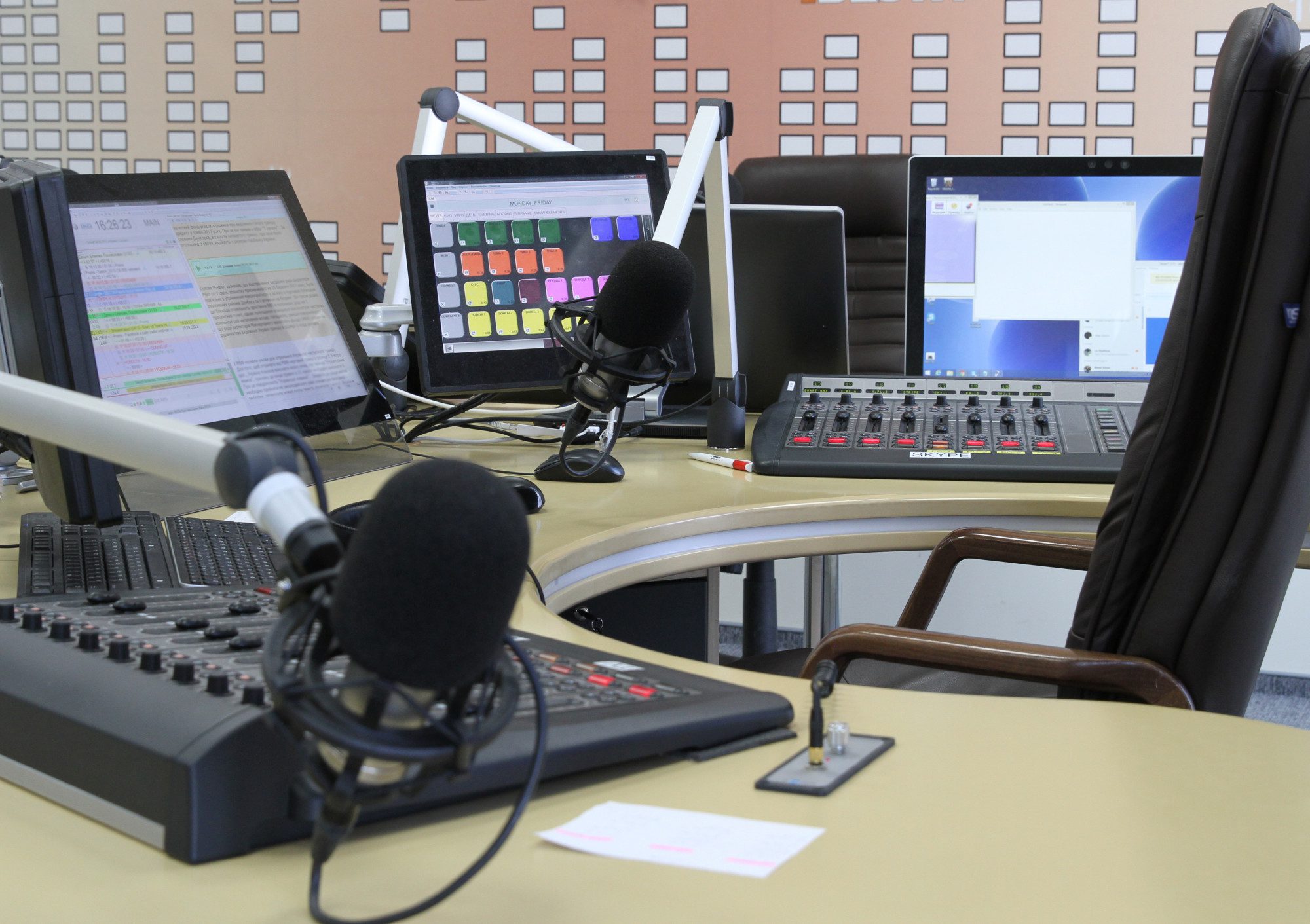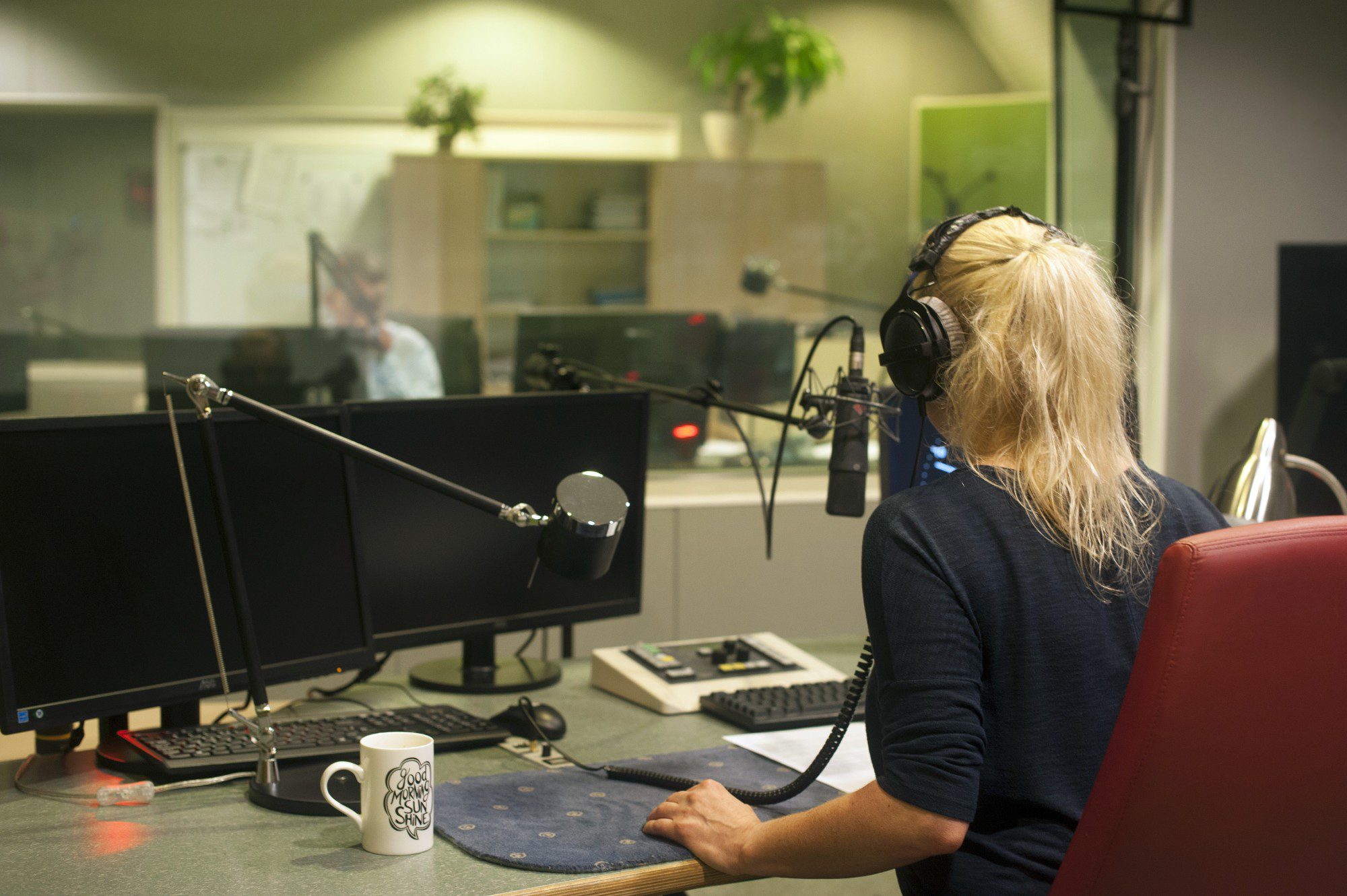If you think radio is a dying medium, think again – over 272 million Americans listen to the radio every month. That’s a huge percentage of the total US population.
Radio isn’t going away any time soon, which is why you need to understand what it can do for you and your business. Understanding the ins and outs of commercial radio production can unlock whole new audiences for your business. It can help you to expand your customer base and raise the profile of your brand.
If you’ve ever wondered what commercial radio production involves, keep reading! We’ll take you on a tour of the world of commercial radio, so you can sell your business with confidence.
Public vs Commercial Radio
There are two main types of radio stations in the US: public radio and commercial radio. Though the differences might look superficial at first, they operate very differently. If you’re planning to advertise your business on the radio, it’s important to know the difference between the two.
Public radio is considered not-for-profit and doesn’t air ads. Instead, a public radio station will air sponsorship messages from organizations or businesses that support the station financially. This is because the FCC forbids public radio stations from promoting for-profit businesses.
Non-commercial radio isn’t dependent on ratings to function and can offer more varied and unusual programming as a result. But for businesses, the obvious downside is that it’s hard to advertise on public radio without directly investing in a public radio station.
While sponsoring public radio will catch the attention of that station’s audience, it’s a big commitment, and it may not be accessible to every business.
Commercial radio stations know their niche, and they target it carefully. Commercial programming is built around a clear, specific audience, and so are commercial radio ads. These radio stations make money by selling ad spots, so they have a vested interest in promoting your business.
In 2020, there were over 15,000 commercial radio stations in the US. No matter your target demographic, you’ll be able to find a radio station that can reach them.
The Limitations of Commercial Radio
While commercial radio is an effective way to promote your business, it isn’t perfect. Before you commit to a campaign of radio commercials, you need to consider the limitations of commercial radio as a medium.
Because commercial radio stations target niche audiences, you may not be able to reach all the listeners you want by advertising on a single radio station. You could end up paying more money to promote your business on multiple stations, just to reach your core customer base.
You could also end up paying more for the time spots you want on a commercial radio station. These stations are run for profit and will charge you more to advertise at peak times. Depending on the audience you need to reach, those costs could add up fast.
You should also keep in mind that, while radio ads are a highly successful form of marketing, they can be seen as intrusive. This is especially true in comparison to non-commercial radio sponsorship messages, which listeners perceive as more philanthropic and trustworthy.
But these limitations aren’t the end of the world, and they shouldn’t stop you from looking into your commercial radio advertising options. Ultimately, commercial radio advertising still offers the best value for money compared to any other form of advertising. The drawbacks are minor, and they won’t stop your business from reaching the audience you need it to reach.
Commercial Radio Production
Commercial radio production is the creation and direction of what you hear on commercial radio. It’s usually a behind-the-scenes process, as radio producers aren’t often the same people who present or announce on the radio.
Radio producers working on commercial radio might produce anything from talk shows to radio ads. An audio producer will design sound effects, jingles, and musical cues. A content producer will oversee the production of radio shows and content, whether selecting callers for competitions or finding a voice actor for a radio ad spot.
A radio producer’s job, particularly in the competitive field of commercial radio, is to create the kind of content that people want to listen to. They’re specialists in putting across a clear message in a limited amount of time, in a way that will catch listeners’ attention.
Working With a Production Company
Making ads is a big part of commercial radio production. Working with a professional radio production company can give you the expertise you need to promote your business on the radio. Sure, you could try to produce a radio commercial on your own – but without knowing the ins and outs of commercial radio production, the quality of your ad would take a hit.
Here are just a few things a commercial radio production company can do for your business:
- Scriptwriting
- Jingle writing
- Sound effect production
- Music cue production
- Voice actor casting
- Delivery to radio stations
That’s everything you need to get your business out on the airwaves. It’s worth the investment to hire a company that can do everything necessary to kick-start your promotional campaign.
Make Your Business Heard
If you think radio advertising is a good fit for your business, get in touch with Killerspots today! We’re the market leader in commercial radio production, with commercial production rates to suit any budget. Plus, with decades of experience in radio, we know exactly what will turn your listeners into repeat customers.
Send us a message now, and let’s work together to spread the word!

